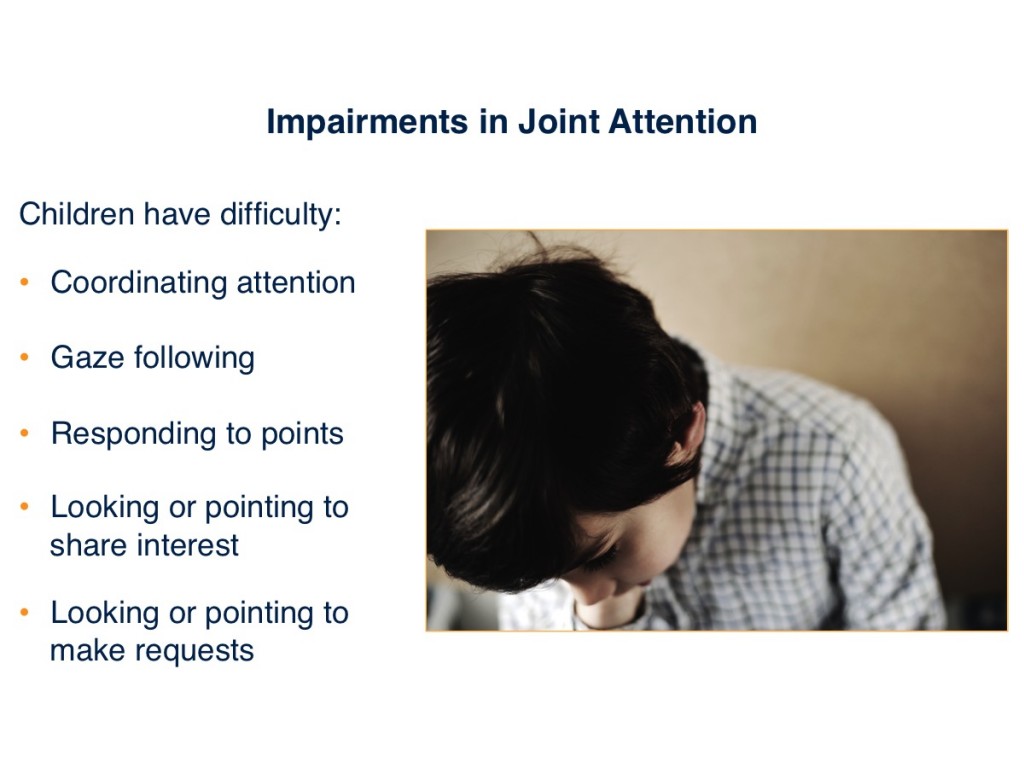
Eye gaze plays an essential part in the development of children’s communication skills. Typically developing children love to engage in face-to-face interactions. They show social smiles and imitate other people’s actions. But not all children use eye gaze to form social connections. Nonverbal skills, such as sharing eye gaze, do not come naturally to children with autism spectrum disorder.
Autism Spectrum Disorder (ASD) is a developmental disorder that affects the brain’s development. ASD appears during the first 3 years of a child’s life. Children with ASD have difficulties with social and communication skills. These difficulties can range from mild to severe. This means that they have trouble sharing attention with a social partner. They’re unlikely to look or point at an object purely to share interest in it with a social partner. They also have difficulty following others’ gaze and points. Nonverbal communication skills are important for language development. So it is not surprising that children with ASD experience language learning delays.
Some recent research suggests that children with ASD may show typical patterns of eye contact at first. But by the time they are two, children with ASD have a significant impairment in looking at eyes. These results suggest that there may be an opportunity for early intervention.
Several early interventions have tried to improve nonverbal skills, such as gaze following. Children practice their nonverbal skills during joint attention activities with clinicians and parents. By improving children’s nonverbal skills they hope to also increase their language development. The programs are showing some good success. This is one of the most optimistic aspects of a large body of research now directed to helping children with autism.
-
- Autism Spectrum Disorder (ASD)
- a developmental disorder that impairs a child’s social and communication skills
- Directing attention
- using eye gaze or a gesture to direct another person’s attention to an object or event
- Following attention
- following another person’s eye gaze or gesture
- Gaze following
- looking at what another person is looking at
- Joint attention
- shared attention between social partners to an object or event